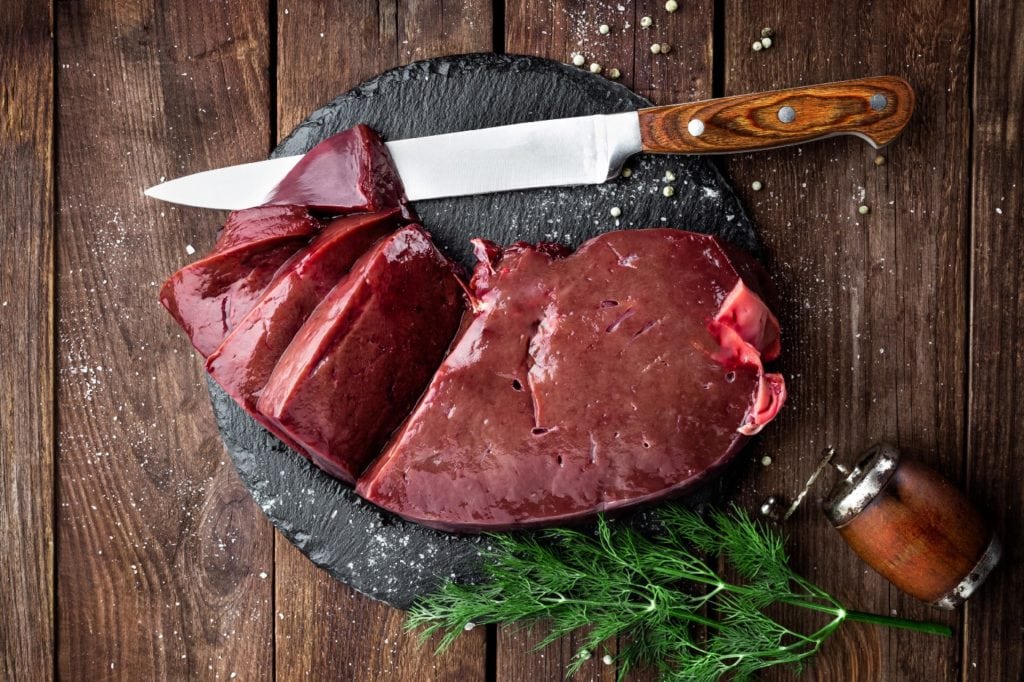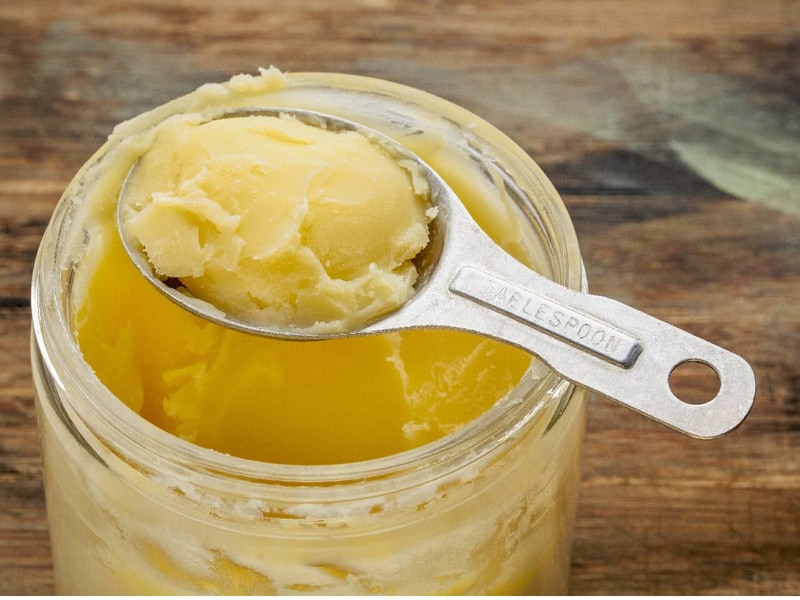While many modern diets have moved away from consuming organ meats, traditional cultures from around the world intuitively understood the value of eating and using the entire animal. From one perspective, it is much more respectful to use the whole animal, instead of how we raise and process animals in the modern, industrial food system. In addition, interestingly enough, organ meats are far higher in nutrients than the muscle meats we’re used to eating.
So how can you start incorporating this superfood into your diet?
Types of Organ Meats
There are dozens of “accepted” types of organ meats, depending on where you live.
Liver is one of the most popular organ meat choices, and it is among the most nutrient-dense of all foods.
Heart is a nutritious muscular organ meat that provides a rich range of vitamins and minerals. There are many different varieties available such as beef, chicken, lamb, and pork.
Kidney has not been as popular in recent decades as it used to be, but it tends to be extremely rich in B vitamins and selenium.
Spleen is one of the lesser-known varieties of organ meat, but it provides a good amount of Vitamin C.
Tripe refers to the edible stomach lining of various animals. Among the different varieties, beef tripe tends to be the most common.
Sweetbreads. Despite the confusing name, sweetbreads have nothing to do with bread, and it is the culinary name for the thymus and pancreas organs. They supply more than 500% of the daily value for copper.
Cow tongue, otherwise known as ox tongue, enjoys popularity around the world. This organ meat is quite fatty, and it offers large amounts of vitamin B12, B vitamins, iron, and zinc.
There are a wide variety of blood-based foods, such as blood sausage. While not technically offal, these foods tend to be classified as organ meat, and they sometimes contain other ingredients such as liver.
Intestines have been part of human diets for hundreds of years, but they have declined in popularity as food in the United States and Europe. However, they are still relatively common in many parts of Asia.
Several traditional dishes from Chinese, French, and Indian cuisine incorporate brains. One of the more popular of these dishes is a French dish called cervelle de veau, which refers to beef brains often served in a butter sauce.
My two favorite organ meats are chicken liver and beef heart. They are the most easily consumable organ meats and they are available in most supermarkets.
Liver
Chicken liver has only 116 calories but contains more than double the daily recommended value for vitamin A and vitamin B12 in each serving. Chicken liver is a significant source of several important vitamins and it’s loaded with B vitamins. Such as Vitamin B12, vitamin A, and Folate. Chicken liver offers a decent range of essential minerals, and it is particularly high in selenium and iron. Also contains high amounts of vitamin B6, niacin, pantothenic acid, phosphorus and copper.
Heart (especially cow heart)
Beef heart is unique in the sense that it’s both an organ meat and a muscle meat, with powerful benefits for both your body and your mind. Cow heart provides you with the most CoQ10 of any of the organ meats. Heart has a ton of important vitamins too — over 100 percent daily value of the vitamin B12 you need and over half the riboflavin, along with significant amounts of niacin, iron, phosphorus, copper and selenium.
Benefits of Eating Organ Meats
- Organ meats are a great source of protein, an essential nutrient that plays a central role in tissue growth and repair.
- Several of the vitamins found in organ meats are crucial for promoting a healthy pregnancy.
- Many of the nutrients found in organ meats work together to protect against anemia.
- Another important nutrient found in many organ meats is coenzyme Q10, also known as CoQ10.
- All organ meats contain a good source of B vitamins.
- Vitamin A, one of the most powerful antioxidants known to man, is found in massive quantities in most organ meats.
Organ Meat Quality
Quality is everything when it comes to organ meats. Animals that were stressed or poorly treated, and fed unnatural diets, during their lives may have calcified deposits around their organs. You want to get your organ meats idally from a local farmer you know. It is very important that the animals were raised naturally; grass-fed, organic, and lived a happy, healthy lives.




